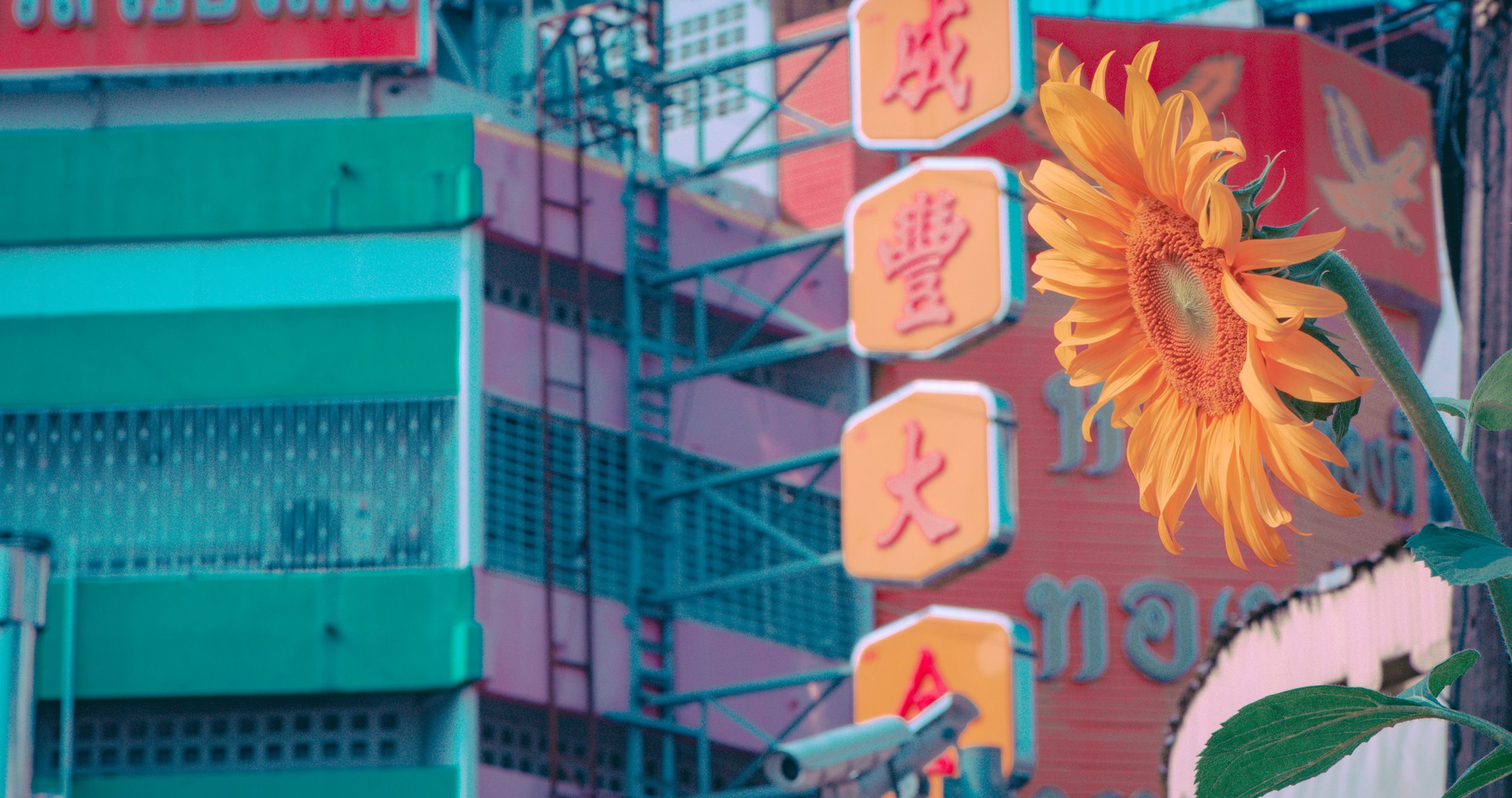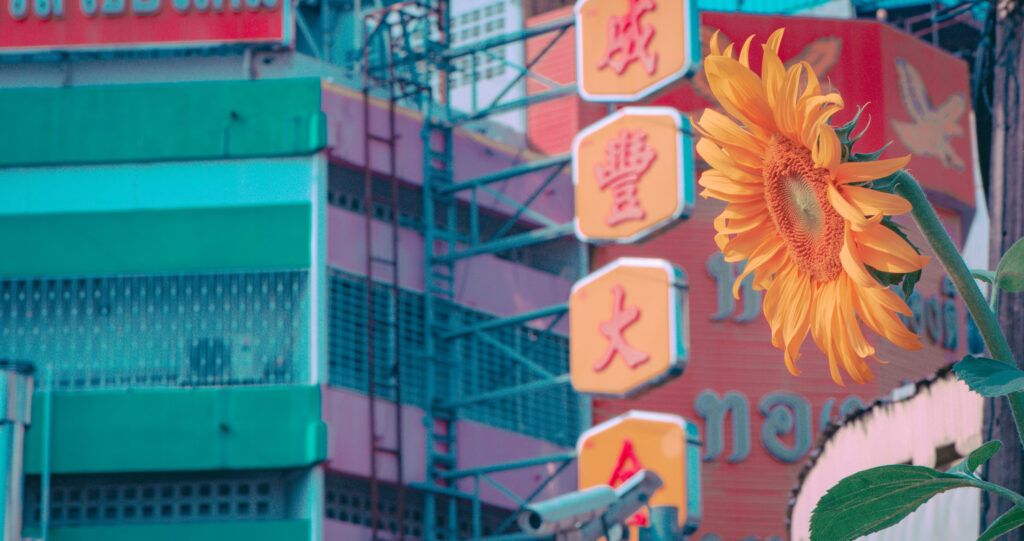Good composition is a key aspect of every photo that’s worth looking at. Producing a strong composition, no matter what your subject is, makes for a more interesting photograph.
The popular rules of composition in photography are used frequently for a reason. Applied well, they captivate a viewer’s attention for longer. But they can become a little tired if overused. This is why it’s important to keep experimenting with the common composition rules but also implementing other, less-used rules.
In this guide, I’ll discuss how you can make use of dynamic angles for ultra-impact in your photos. Learning to explore and experiment with camera angles can add a fresh perspective to compositions, especially when you’re photographing ordinary subjects.
Recommended Reading: If you’d like to improve your composition skills for better images, grab a copy of Photzy’s best-selling premium guide: Understanding Composition.
Understanding Composition in Photography
Before I started teaching photography, I knew I had a problem. How could I teach people how I compose photographs? This was something I did not understand well enough.
Einstein said, “If you can’t explain it simply, you don’t understand it well enough.” I knew I needed to be able to express to others how I saw my subjects and formed interesting compositions of them. Doing this came naturally to me, but explaining it was another story. So, I worked hard to better understand composition so that I could explain simply what I do.
The only composition rule I stick to is to ‘fill the frame.’ This was drummed into me when I started work in the photography department of a daily newspaper. I was told to eliminate anything from my frame if it did not add to the story I was illustrating. Back then, I wasn’t even aware of many other rules of composition.
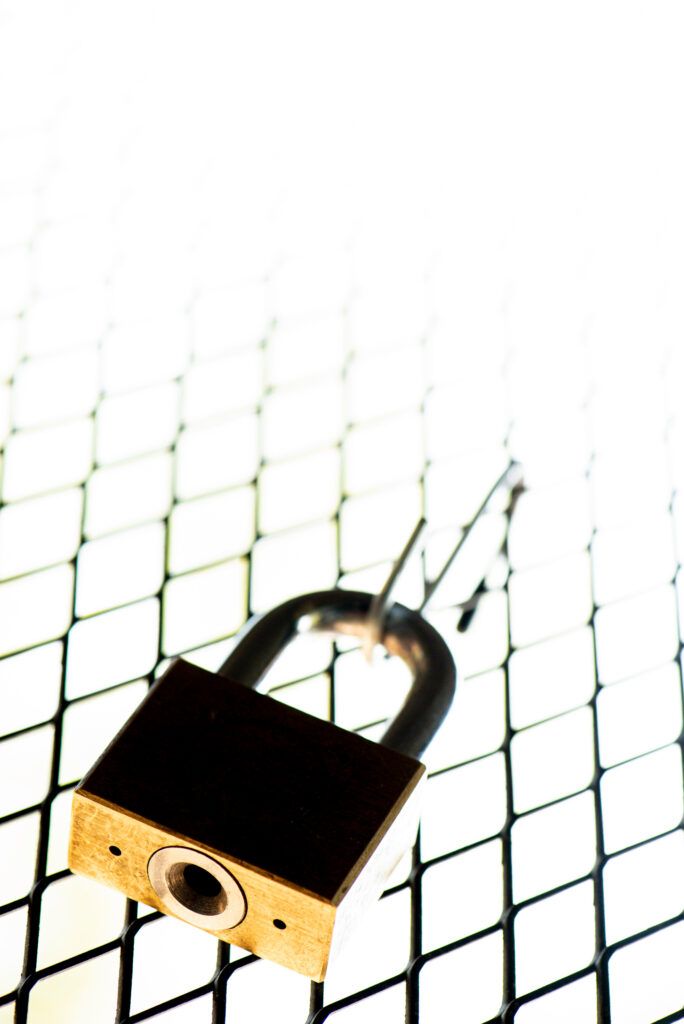
Photograph by Kevin Landwer-Johan
I still teach people to fill the frame and believe it is the primary compositional rule in photography. How you arrange the elements that fill your frame is best done intuitively. The way to develop your compositional intuition is to:
- Learn the rules
- Practice them (a lot)
- Experiment with the rules
- Become so familiar with them that you can apply them intuitively
Many photography teachers encourage you to learn the rules, and then break them. I prefer to teach that the rules are there for a purpose and that they work when well applied. Rather than breaking them, learn to apply any given rule appropriately and intuitively. This will result in a stronger photograph.
How you arrange the elements that fill your frame is best done intuitively.
This is particularly the case when making use of dynamic angles in photographic compositions, such as exploring various angles with your camera, using alternative focal length lenses, approaching your subject from a high or low angle, and holding your camera so the horizon is not level and verticals become diagonals. They all contribute more interest to a composition when applied intuitively.
Fill Your Frame
Make the most of the space you have within the bounds of your camera frame. Filling this frame effectively makes for better photographs. One of the best ways to include only what’s relevant in your images is to find an angle where you avoid including distracting elements.
Filling the frame well means that the composition is more interesting and will hold a viewer’s attention for longer. If there is too much distraction in your composition, attention is lost from the main subject or story.
Think about what you see and how each element in your composition relates to the others. If you see anything that does not enhance your main subject or the story you want to tell, then move.
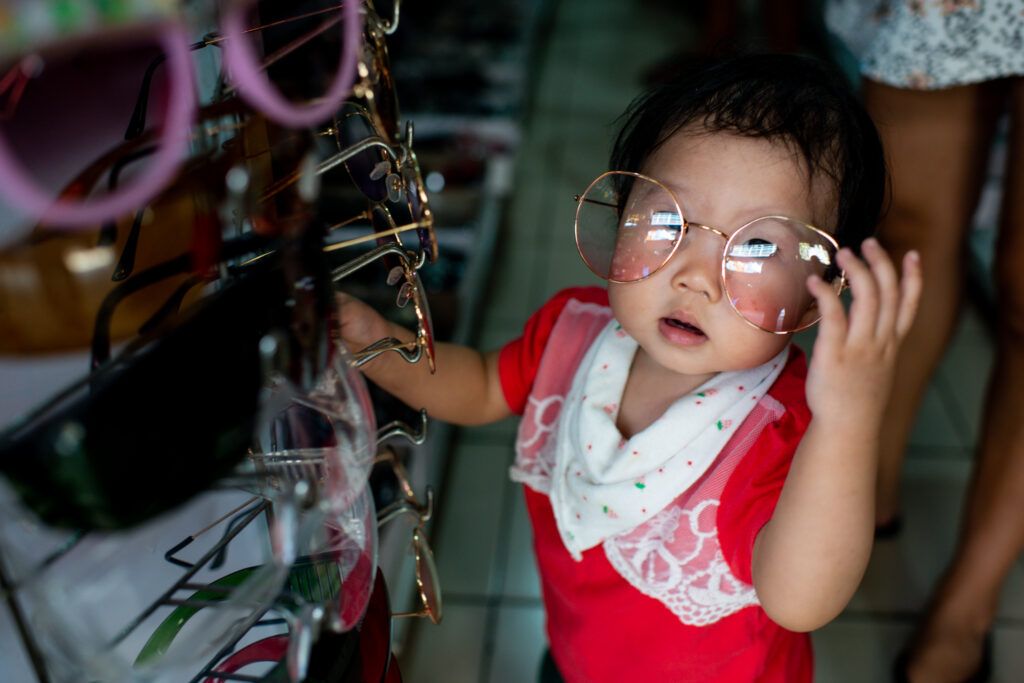
Photograph by Kevin Landwer-Johan
As you move, keep your eye on your subject and look at the relationship between it and the other elements in your frame. You may be surprised at how much even a small shift in your position dynamically alters your composition. A slight move to the left or right might hide an ugly plastic chair or advertising sign behind your subject. Crouching down or stretching up higher will often help fill your frame only with what’s relevant.
As you move, keep your eye on your subject and look at the relationship between it and the other elements in your frame.
As you explore various angles, get creative. Don’t be bound by the rules but use them well. As you get down on the ground for a low-angle composition, make use of leading lines, diagonals, or some other compositional rule. Think of filling your frame as being a container in which you can fit other composition rules. This will make your photographs livelier.
Key Lesson: As you work at filling your frame, always aim to work with one or two other compositional rules. This will help you become more familiar with them and stimulate your intuition.
Make the Best Use of Your Camera Format
Whether you use a full frame, APS-C, micro four-thirds, square, or any other format, make the most of it.
Each format is different. To make the most interesting compositions, you must work within the restrictions of your image sensor. Alternatively, you can crop later during post-production.
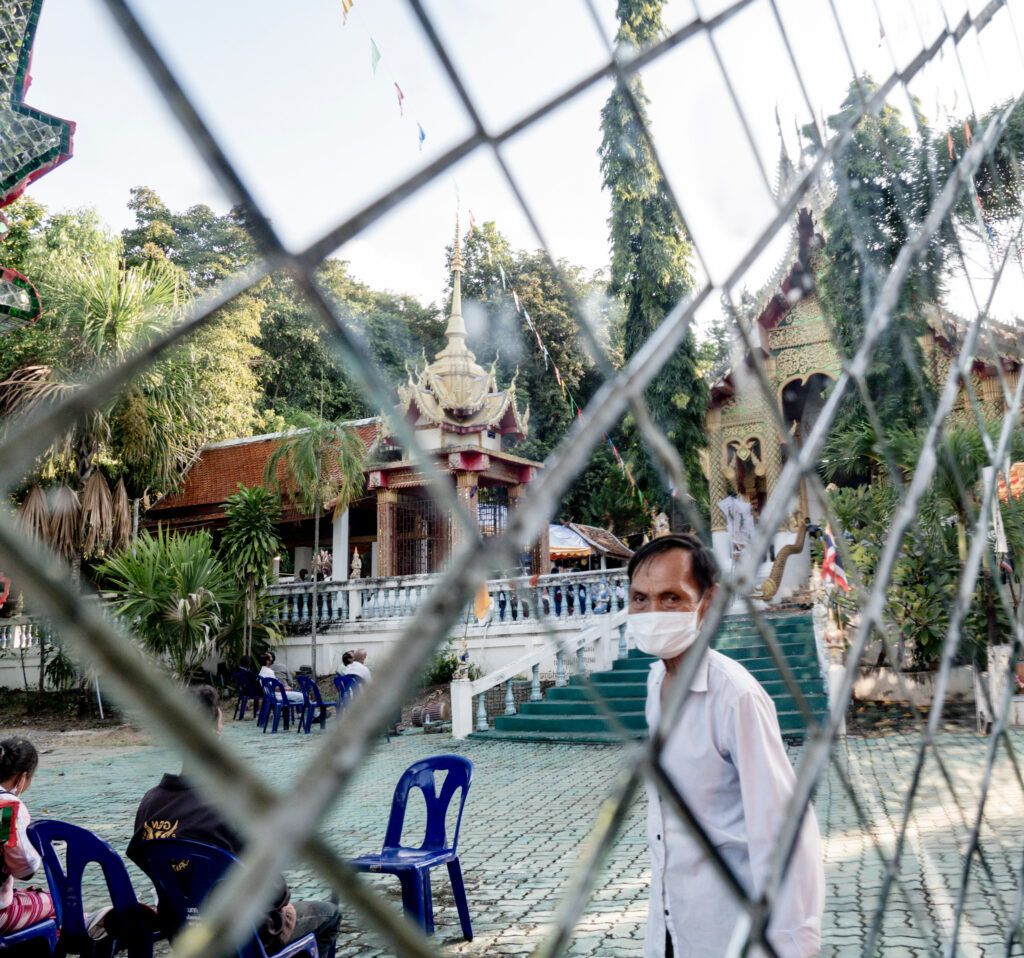
Photograph by Kevin Landwer-Johan
I work with both full-frame and micro-four-thirds. These frame formats are reasonably similar, but I find I must treat my compositions a little differently for each.
Many years ago, I worked for a photographer who used Hasselblad cameras exclusively. These cameras have a 2 ¼ inch square format. Getting used to making compositions in a square was challenging for me. Some photographers prefer working within the bounds of a square. I never managed to feel comfortable with it.
Key Lesson: Whatever camera format you use, always look around the edges of your frame as you make a composition. Think about how you can use the shape of your frame to enhance your subject. This can often include choosing a dynamic angle to take your photos.
Choose Your Focal Length
Experiment with different focal lengths. Wide-angle lenses often create more drama when you opt for a dynamic angle to take your photos. But you can also use standard and long focal lengths when taking pictures from alternative angles.
Positioning yourself close to the subject or any element in a photo when you have a wide-angle lens on your camera can add impact. Composing with a wide lens, it’s easy to add interest by getting in close and making use of leading lines. Think of standing at the base of a tall building or tree and taking a photo looking skyward, or getting down and placing your camera on the ground. The wider your focal length, the more dramatic the results will appear.
Standing above a subject, like a dog, and using a wide lens can create a more dynamic composition than taking it from lower down or further back.

Photograph by Kevin Landwer-Johan
Standard lenses create less drama, but you can still make use of them to create dynamic angles in your photos. When you find an interesting subject, take time to move about and view it from different locations. Look for an angle when it looks most interesting, and the subject and background work together.
Telephoto lenses can also be used to create interesting dynamic angles in compositions, particularly when looking up or down at a subject.
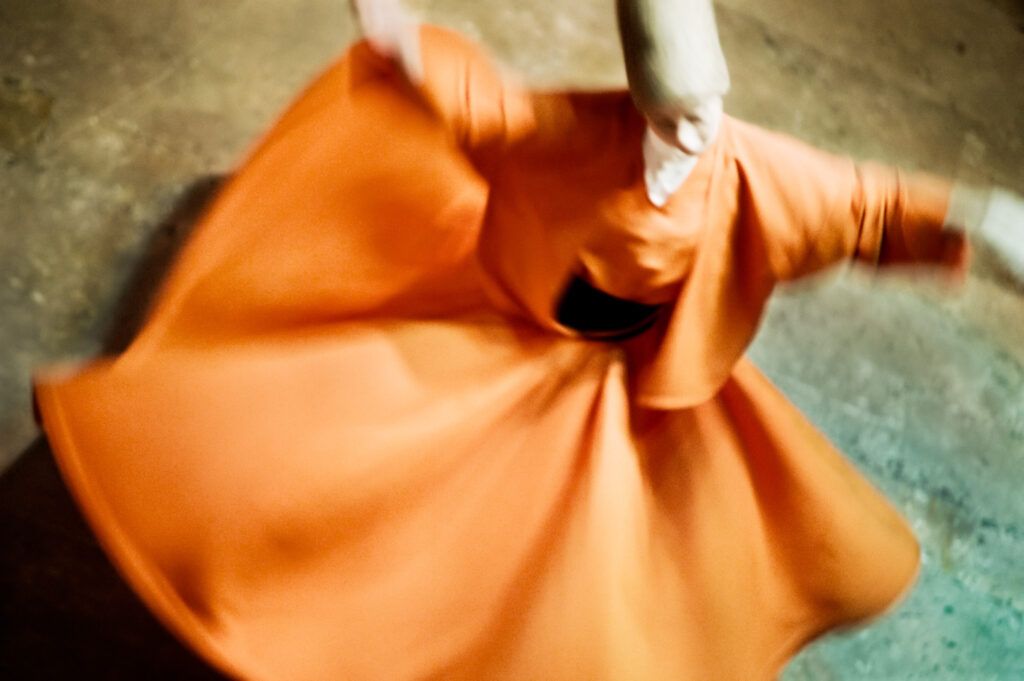
Photograph by Kevin Landwer-Johan
Key Lesson: When you find an interesting subject to photograph, take a series of photos with different focal lengths. The one you start with may not produce the most dynamic pictures. Unless you try a few, you may miss the best angle.
Don’t Always Stand
Many photographers prefer to stand to take most of their photos. This is easy but does not always provide you with the best angle to capture a good photo.
Each time you eye up a new subject, think about the best angle to photograph it from. It may well be that you’ll get a great picture from a standing position. Unless you move about and try other angles, you’ll never be sure.
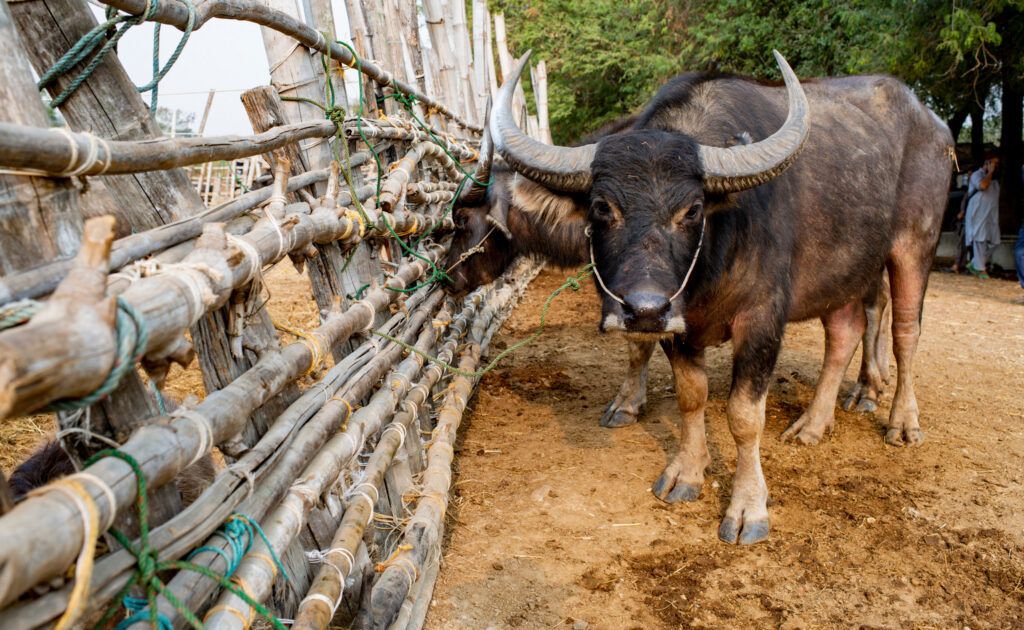
Photograph by Kevin Landwer-Johan
Get down lower to the ground and observe your subject. Look at the relationship between it and the background. When you’re low to the ground, the background appears very different than when you are standing.
I love to look for places I can get up high. Getting elevated above your subject often produces a more unusual perspective. Being up higher than your subject and looking down is not common, so this angle is, therefore, more appealing.
Key Lesson: Unless you actually move about, you’ll not be sure that you are getting your photos from the most interesting angles. Take time, and make the effort, to get down on the ground to view your subject from a low angle. Look around and see if there is somewhere you can capture your subject from a bird’s eye perspective.
Practice Being Creative With Your Compositions
Practicing new techniques refines your skill. The more you practice, the more intuitive you become. Before long, you’ll be making photos with more dynamic composition angles than you could previously imagine.
Take time with your camera in hand and force yourself to look for subjects and scenes that work well when photographed from different angles. Don’t worry about doing it right or wrong—just experiment. There is no correct or incorrect way to frame any subject. It’s up to you about what you think looks good.
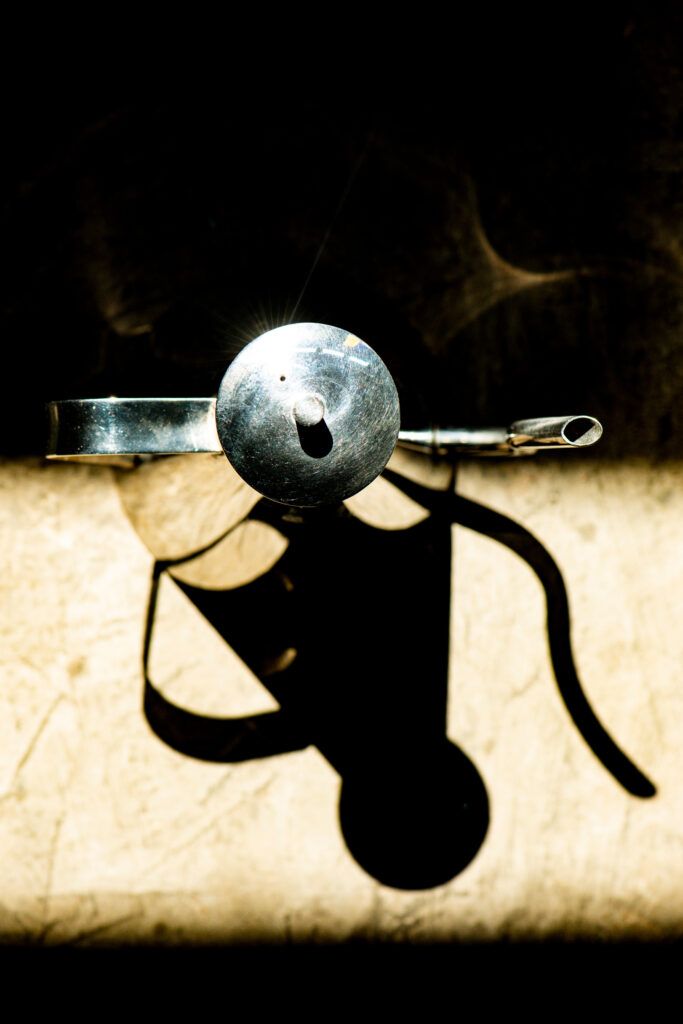
Photograph by Kevin Landwer-Johan
Start by framing a photo the way you’d normally do it. Then, change your angle. Move about. Look at your subject from a low angle and from above if you can. Tilt your camera. Change your lens or zoom. Try things that you might not normally try. This helps to train the way you’ll compose subjects.
Experimenting by taking lots of photos from dynamic angles will help train your eye. Practice only taking photos using alternative composition techniques. By doing this, you’ll grow to recognize when to best use dynamic angles in the future.
Recommended Reading: If you’d like to improve your composition skills for better images, grab a copy of Photzy’s best-selling premium guide: Understanding Composition.
Self-Check Quiz:
- What is one key aspect of any good photo?
- Why is it important to fill the frame?
- Can you incorporate other compositional techniques while filling the frame?
- What type of focal length often adds more drama to a dynamic angle?
- Why is it important to move about and view a subject from different angles?
- How does practicing compositional techniques help you begin to use them more intuitively?


